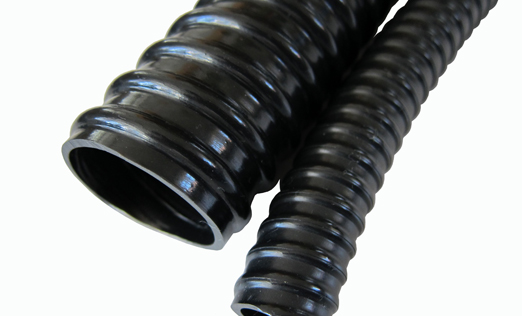PVC plastic reinforcement hose As the name implies, it is a full plastic hose made of PVC material and reinforced by hard plastic ribs. It is acid and alkali resistant and affordable. It is a very common industrial hose in the market at present, and it is also a common PVC hose. It is mainly divided into round and square bones.
1、 PVC round bone reinforced hose II. PVC square bone reinforced hose
Essentially, there is not much difference between round bone and square bone reinforcement, which has no impact on customer use. Both the round bone and square bone raw materials remain the same. Using the same materials for production, the difference is only that the production process is different and the equipment is different. Square bone reinforcement was copied from Donggu hose in Korea in the early years, and round bone reinforcement is a style that has been produced in China.

During the production of reinforced hoses with two structures, the square bone is extruded by two extruders, and the round bone is extruded by two extruders. Generally speaking, the square bone is the skeleton that is stuck to the pipe wall at high temperature during extrusion, while the round bone is extruded by the skeleton and the pipe wall at the same time. If there is no appearance requirement, the round bone and square bone selected by the customer will have no impact on the use.
PVC plastic reinforced hose has smooth and glossy surface, is easy to bend, is resistant to pressure and deformation, is resistant to acid and alkali, is resistant to high temperature, and is not easy to freeze crack and prevent aging. The specification of PVC hose can produce inner diameter p25-250, which is mainly used for urban domestic water supply, sewage discharge, farmland irrigation, coal mine, oil field, marine equipment and other mechanical and electrical equipment oil, chemical gas and water supply, It is also used for water pump and air conditioning drainage;
PVC plastic reinforcement hose Used as suction conveying pipe, especially suitable for; Solids such as dust, powder, fiber, debris and particles; Gaseous and liquid media, vacuum cleaners, conveying systems, hair dryers and compressors, food and pharmaceutical industries, chemical industries; Air conditioning and ventilation equipment.



